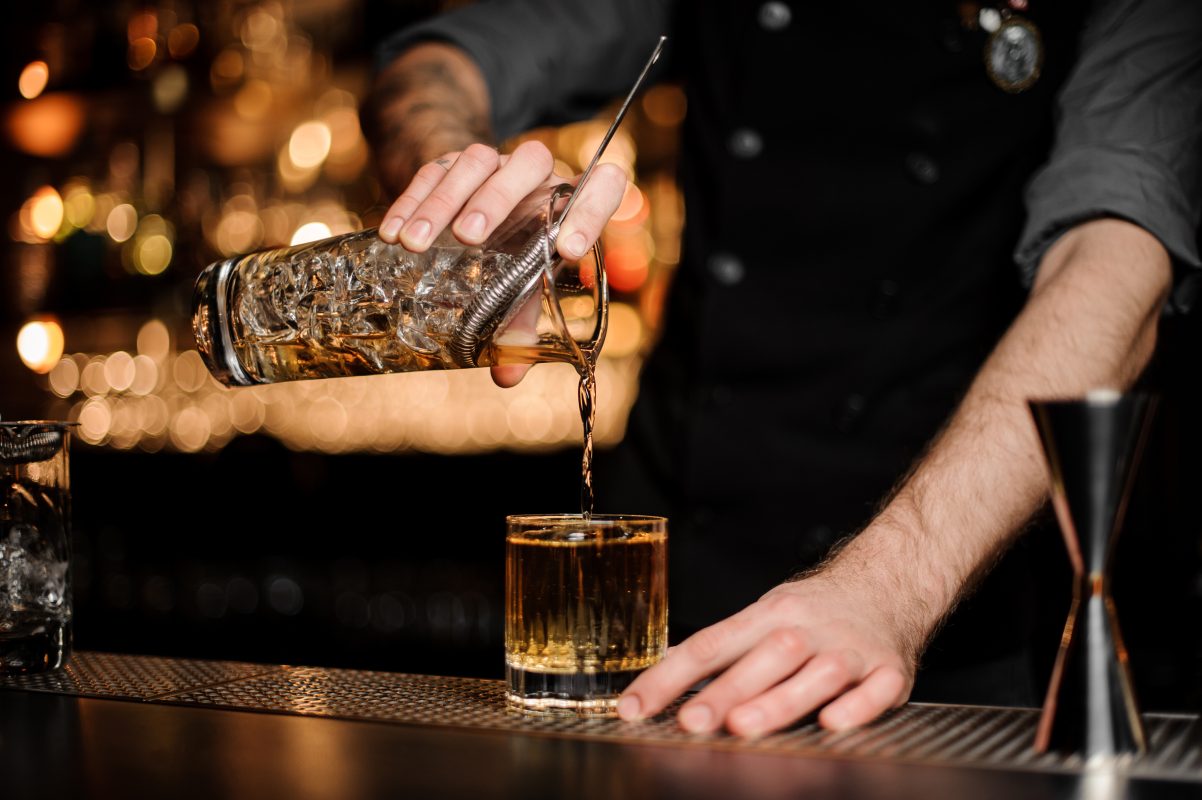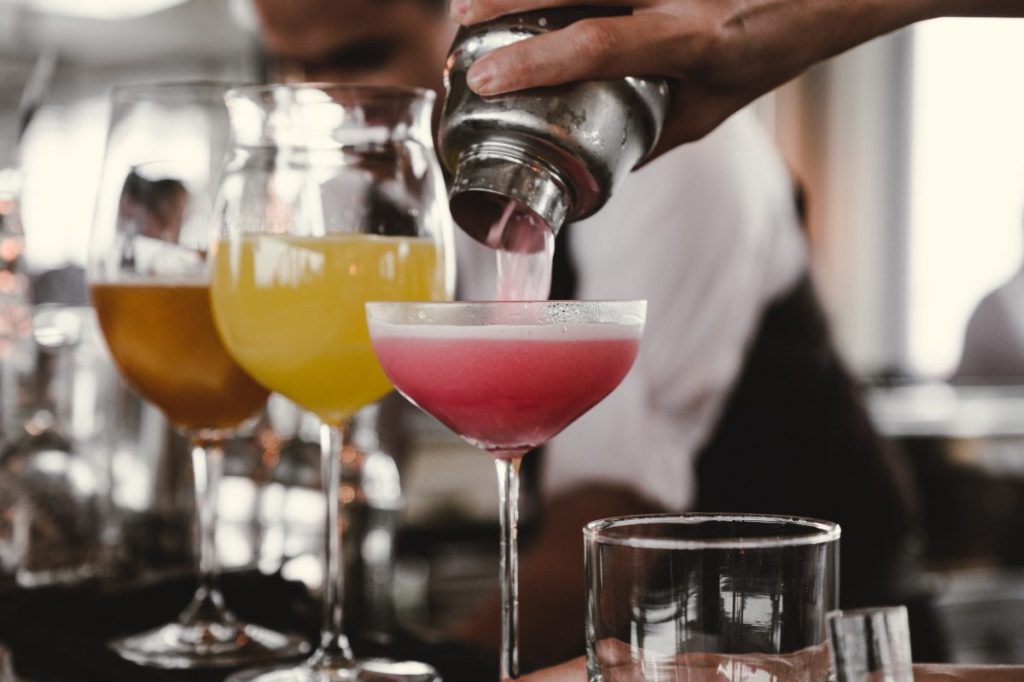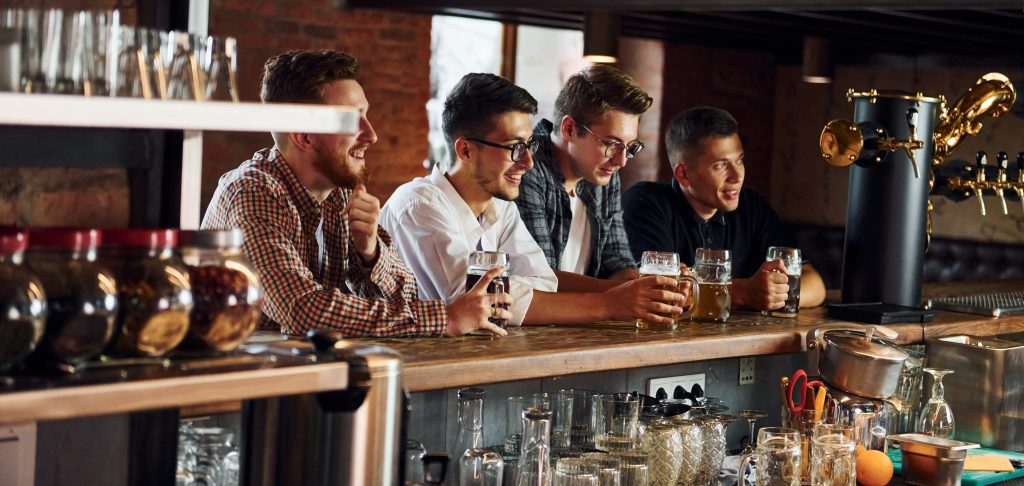The State of Beverage Alcohol in 2023
Entering 2023, there were a number of positive trends in the beverage alcohol space. In 2022, there was $198 billion in Beverage Alcohol dollars sold on-premise and off-premise. This was a +14% dollar growth over the previous year. There was also significant growth in cross-category drinkers. This is due to a few major trends.
Unsurprisingly, one of the biggest trends affecting beverage alcohol growth is inflation. As inflation remains high, the food impact is significant. However, Beverage Alcohol consumers are more recession resilient than many of their counterparts. Despite the cost-of-living concerns, consumers plan to prioritize On-Premise spend. 62% of consumers expect to spend the same in the coming year and 14% expect to spend more.
Another big trend to keep an eye on is the growth of health and wellness. Consumers are increasingly prioritizing health and wellness in their daily lives and shopping behaviors. In response, many alcohol brands are introducing low-alcohol or alcohol-free options, as well as emphasizing natural ingredients and transparency in their production processes. Utilizing stated and qualified product attributes will be key in being uncovered by this niche.
Finally, sustainability has become a major trend across all industries, and the alcohol industry is no exception. Consumers are looking for environmentally responsible options, and alcohol brands are responding by implementing sustainable practices in their production and packaging. However, it’s important to ensure these claims are accurate and provable, or you risk being accused of greenwashing. Brands accused of greenwashing are more likely to be subject to scrutiny that could impact their reputations and their bottom lines.

Start Accessing Free Data Today
Sign up for a free Byzzer™ account to get 3 free reports to understand your brand, category, and a few competitors for the category of your choice. No Strings Attached.
Top 6 Tips for Creating Effective Growth Strategies for Beverage Alcohol Brands
Emerging alcohol brands face a highly competitive market and a range of challenges in 2023. This includes fighting outside pressures while building brand awareness and loyalty, securing distribution channels, and gaining market share. To overcome these challenges and achieve sustainable growth, emerging alcohol brands need to put thought behind their growth strategies.
With that in mind, here are our 6 top tips for creating effective growth strategies:
1. Use Premiumization Wisely
Though it may be surprising due to consumers holding their wallets tighter, premiumization is not going away. Instead, the focus is on affordable luxury. By the end of 2022, Premium+ brands were up to a 69.1% dollar share of Spirits vs. three years ago. But, there was only a +1.2% Premium+ dollar growth vs a year ago. This may be a sign that the market growth is slowing. So you may consider reviewing your premium offerings to see where there’s an opportunity and where there’s a concern.
It’s also important to note that the premium market may not be the most valuable in the long run. According to NIQ’s Harvey Ma, the top and bottom earners will move to premium and value respectively. But it’s really the cautious middle consumers that will be important to retailers and brands alike. By utilizing premiumization in the right markets and at the most effective times, you can still meet the middle consumers where they are. This will let you grow your brand across the board.
2. Ride the Non-Alcoholic Wave
A continually growing segment showing even more room for growth going forward is non-alcoholic beverages. Between August 2021 and August 2022, total dollar sales of non-alcoholic drinks in the US stood at $395 million, showing a year-on-year growth of +20.6%. The most prominent of the bunch was non-alcoholic beer. It took up 85.3% of sales, with a market worth $328.6 million, up +19.5% from a year ago. But, wine and spirits are also on the rise.
Additionally, non-alcohol products are creating more repertoire buzz, and we’re seeing more established brands adding non-alcoholic options to their assortments. This growing consumer behavior offers new avenues for brands to expand their assortment or target a new demographic. Opportunities to get in early are still available, but it needs to be done thoughtfully and with proper intent.
3. Target Celebrations and Holidays
Even with economic belt-tightening, celebratory and treat occasions will continue to encourage trade up in the beverage alcohol space. In fact, many consumers report expecting to spend more in bars and restaurants in the next 3 months, and not just due to inflation. 31% reported that they would be treating themselves more and 28% said they will be celebrating more special occasions. This opens the door for brands to build out seasonal marketing plans and upsell more premium options throughout the year.
But, it’s important to remember to treat celebratory occasions as an “affordable luxury”. Like the overall premiumization trends, this doesn’t mean the door is open wide for upselling, only that there are areas of opportunity. Look to last year for guidance on where festivities drove growth even during the growing economic uncertainty. In 2022, Ready-to-Drink Spirits were up 62.3%, and Dessert Wine was up 30.2% during the Halloween and Dia de los Muertos celebrations.
4. Focus on Innovation
To many emerging brands, product innovations may seem like a heavy lift. But, they can actually be a good way to make the most out of inflationary spending shifts. Even small changes can pay dividends. NIQ research shows that 71% of shoppers have purchased a new product based on its packaging. However, it’s key to take your time and build product innovations on accurate data and research to unlock success. 77% of CPG manufacturers have admitted that they spend less time on key steps like this when under pressure to move faster.
This is particularly effective in driving sales for consumers deemed “pioneers”. They adopt new trends first and can set the stage for the rest of the market to follow. For example, 20% of US spirit drinkers are considered pioneers (Compared to only 11% of all US consumers). This means there’s ample opportunity to get early wins and change the market by engaging Spirit drinkers with product innovations.
5. Embrace Authenticity and Sustainability
One of the biggest trends impacting every CPG category is consumers’ continued focus on brands becoming more sustainable and honest. We know that consumers care about sustainability—and back it up with their wallets. In fact, according to NIQ survey data, 46% of consumers are looking to brands to take the lead on creating sustainable change. If your brand isn’t using sustainable practices, or not telling the truth about them, you might be facing trouble in the future.
Many of the biggest drivers of this growth are Gen Z consumers. This new generation is openly looking for authenticity and sustainability in the brands and products they buy. Additionally, Gen Zers are not afraid to dump the brands and retailers who do not live up to their standards and ideals. As Gen Z continues to come of age, they’re going to shape the future of commerce. Beverage Alcohol brands will need to ensure they align with these needs, or they may be left behind.
6. Go Ready-to-Drink
One area that has shown strong signs of growth in the past few years is Ready-to-Drink (RTD). These premixed cocktails and spirits grew by 4.6% in 2022, with hard seltzers accounting for 43% of all RTD dollar sales. What is surprising is that nonalcoholic soft beverages like tea and soda are benefitting from these ready-to-drink cocktail trends too. Hard soda sales grew by 63% in the past year and hard tea by 23.8%.
However, as RTDs hit a mature growth cycle in 2023 and beyond, SKU rationalization is going to be something worth considering. This means you’ll need to start taking a more granular look at your RTD offerings. Then you can determine which products should be kept, retired, or improved. Don’t be afraid to pull underperformers and focus on your best offerings to maximize the return and stay on top during economic turmoil.

Emerging Beverage Alcohol Brands Can Keep Growing with Accurate Insights
Growing a beverage or alcohol brand requires understanding your customers, sales trends, growth opportunities, and future demand. Which is a lot to ask if you don’t have access to accurate data and valuable insights.
Byzzer™ powered by NielsenIQ provides emerging BevAl brands access to the essential data they need to successfully react to these shifting tides and build growth strategies. Current retail measurement data shows how comparable products perform in various retail channels, helping you target the right retailers and distributors. We also track online and omnichannel sales. So, you can even understand the growth of selling alcohol online and get a full view of your brand and category.
Talk to our experts about new options custom-built for emerging and growing brands alike.
Don’t miss out on crafting a powerful online-driven expansion strategy!




